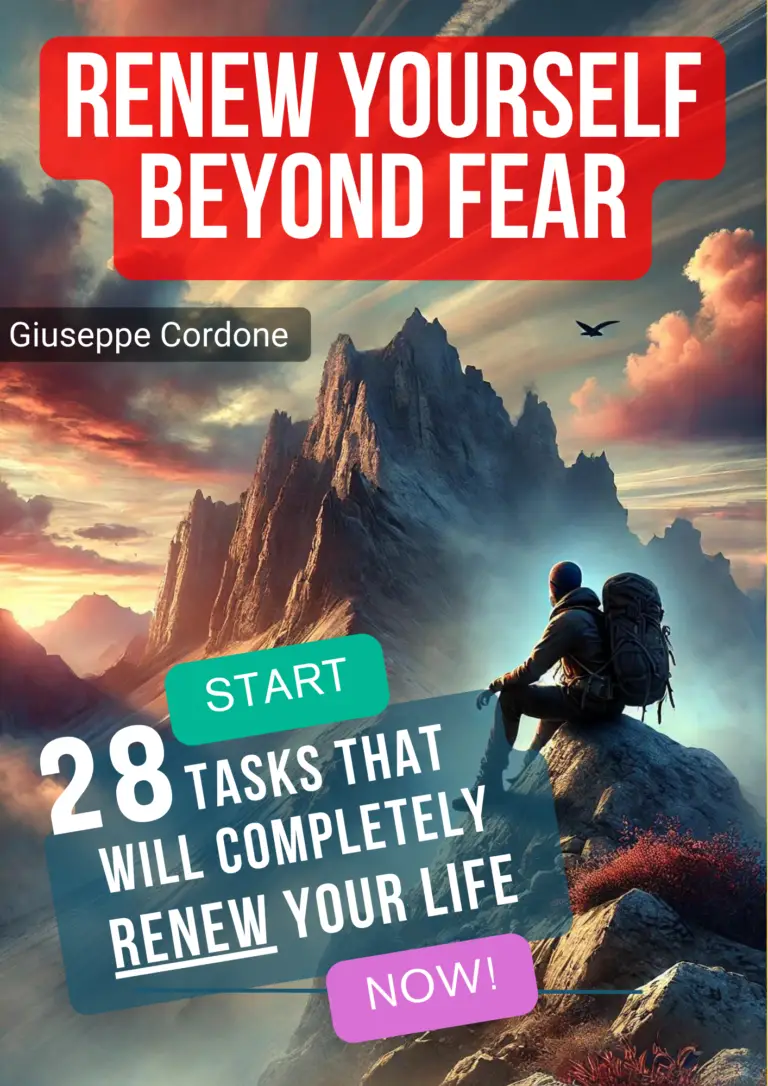Demos are the golden moments in the sales process.

It’s your time to shine and show potential clients that your product is more than functional—it’s transformative. A demo may be an excellent closing selling technique.
But here’s the kicker: most sales demos fail.
It’s not that the product isn’t good, but the presentation is often an uninspired walkthrough of features that leaves clients unimpressed.
Here’s how you can avoid that.
Several times, I have evaluated a demo positively based on the customer’s understanding of certain features.
Nothing could be more wrong!
What the customer truly seeks is a valuable and definitive experience.
And I can guarantee that if he finds it, he will do everything to get it from you by making a nice contract.
Only when the demo delivers this experience will it have the power to turn into a sale.
Continue reading the article to learn the 6 necessary steps to ensure a demo turns into a successful sale.
Step 1: Understand Your Client's Pain Point Before You Step In
Before you demo your product, you should get to know your client’s challenges like the back of your hand.
What are they struggling with? What’s keeping them up at night?
There’s no point in showing off a shiny, feature-packed system if it doesn’t hit them where it hurts (or where it helps).
Your demo should be a direct response to their pain points.
Keyword: Demo Preparation
Too many salespeople think that a demo is just about knowing their product.
Wrong!
It’s about understanding the client’s business better than they do.
A successful demo results from a customised, targeted approach showing how your product fits seamlessly into their operations.
Go to the next point only if:
You Have identified and thoroughly understood the client’s key pain points and how your product addresses them?
Step 2: Create a Narrative, Not Just a Feature Dump
Demos fail when they feel like a technical manual brought to life.
Your client doesn’t want to know how every bell and whistle works—they want to know how your product will make their life easier.
Don’t just present features; tell a story.
Guide them through a day in their shoes, but with your product as the game-changer.
This narrative approach will make your demo more personal, relatable, and emotionally charged, tapping into the client’s decision-making process.
Make it personal, relatable, and emotionally charged.
We make decisions emotionally and justify them logically.
The best demo harnesses that.
Keyword: Storytelling in Demos
Your demo should paint a vivid picture if you’ve done your homework.
Your product isn’t just a tool; it’s the solution to their problem.
Make it relatable.
Make it human.
Go to the next point only if:
does your demo tell a compelling story that resonates with the client’s unique situation and challenges?
Step 3: Handle Objections Before They Arise
As you guide your client through the demo, consider potential objections.
They may ask questions like, “Will this integrate with our current system?” or “How long will the training process take?”
Anticipate objections and address them naturally during the demo.
This proactive approach eliminates potential doubts and showcases your confidence and preparedness.
When the client sees this, their trust in you will soar.
Keyword: Overcoming Demo Objections
Handling objections during the demo is an art.
When done right, it eliminates client doubts before they even have a chance to raise them.
Address concerns preemptively and watch their trust in you skyrocket.
Go to the next point only if:
Have you anticipated and addressed potential objections in the demo to build trust and confidence?
Step 4: Involve the Client and Get Them Excited
A demo is not a monologue.
You’ve already lost the room if you’re the only one talking.
Involve your client in the experience.
Ask them questions.
Get them to envision using the product.
Better yet, if possible, let them try it during the demo.
When they feel the excitement and see themselves using the product, it’s game over—you’ve won.
Keyword: Client Engagement During Demos
Client engagement isn’t optional—it’s essential.
You want them nodding, smiling, and already picturing their success with your product.
Go to the next point only if:
Is the client actively engaged and excited about the product/system in demo?
Step 5: Show Real Results, Not Hypotheticals
Numbers speak louder than features.
Don’t just tell them what your product could do—show them what it has done for others.
Case studies, ROI statistics, and specific metrics add undeniable weight to your pitch and instill confidence in your product’s capabilities.
Real numbers close deals.
So, ensure your demo includes tangible results proving your product’s value.
Keyword: Showcasing Results in Demos
When you show a client concrete results, you’re no longer talking theory.
You’re demonstrating success, and that’s something any client can support.
Go to the next point only if:
have you provided concrete results and case studies that demonstrate the product’s success?
Step 6: Leave the Client with a Vision (and Next Steps)
Please don’t leave them hanging after you’ve wowed them with your tailored, engaging, and results-driven demo.
Help them envision a future with your system at the core of their operations.
Tie it back to their original pain points and show how your product is the solution they’ve been searching for.
Then, outline the next steps clearly.
Make it easy for them to say yes.
Keyword: Next Steps After a Demo
A strong close is critical.
Once they’re excited about your product, show them the path forward. Make it seamless for them to move from demo to contract.
Go to the next point only if: ****
You have clearly outlined the next steps and helped the client envision a future with your solution?
Delivering a killer demo isn’t rocket science, but it does take planning, empathy, and a focus on client needs.
You’ll consistently find yourself on the winning side of the sales game by mastering the art of a client-focused, engaging, and results-oriented demo.
Ready to master the art of sales demos that close deals? Subscribe to our newsletter for exclusive tips, strategies, and insights!
🔥 Get weekly updates on:
- Proven techniques to understand client pain points
- Storytelling methods that captivate your audience
- Strategies to showcase real results and ROI
- Expert advice on handling objections seamlessly
Don’t miss out on transforming your demos into powerful sales tools. Subscribe now and take your sales game to the next level!
If you want to go further into these topics and get to practical applications, you can read on with these articles:

Elevate your business strategy by crafting powerful narratives that build trust, connect emotionally, and drive lasting impact. Here are the verification questions based on the tips.
Create a Sales Journey. I’ve got a confession to make.In the past, when I was very young, I thought I was a master storyteller.





